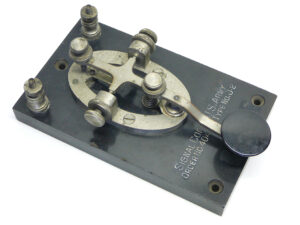The Early Days of Ham Radio
Ham radio, also known as amateur radio, has come a long way since its inception. In the early days, ham radio operators used Morse code to communicate with each other. It required a high level of skill and dedication to master this form of communication, but it was a thrilling way to connect with people from all around the world.
As technology advanced, so did ham radio. The introduction of voice communication made it more accessible to a wider audience. This brought in a new wave of enthusiasts who were eager to explore the world of ham radio.
The Rise of Digital Communication
One of the most significant changes in ham radio has been the shift towards digital communication. With the advent of computers and the internet, ham radio operators now have access to a wide range of digital modes of communication.
These new modes, such as PSK31 and JT65, allow for faster and more efficient communication over long distances. They also provide better signal quality and improved reliability, making it easier for ham radio operators to connect with each other even under challenging conditions.
The Latest Gear and Ham Rigs
Today, ham radio enthusiasts have access to a wide range of gear and ham rigs that make the hobby more exciting than ever before. Modern transceivers offer advanced features such as built-in digital signal processing, automatic antenna tuners, and high-resolution displays.
There are also portable and lightweight options available, making it easier for ham radio operators to take their hobby on the go. Whether it’s participating in field day events or going on a camping trip, these new ham rigs allow for seamless communication from anywhere in the world.
![]()


